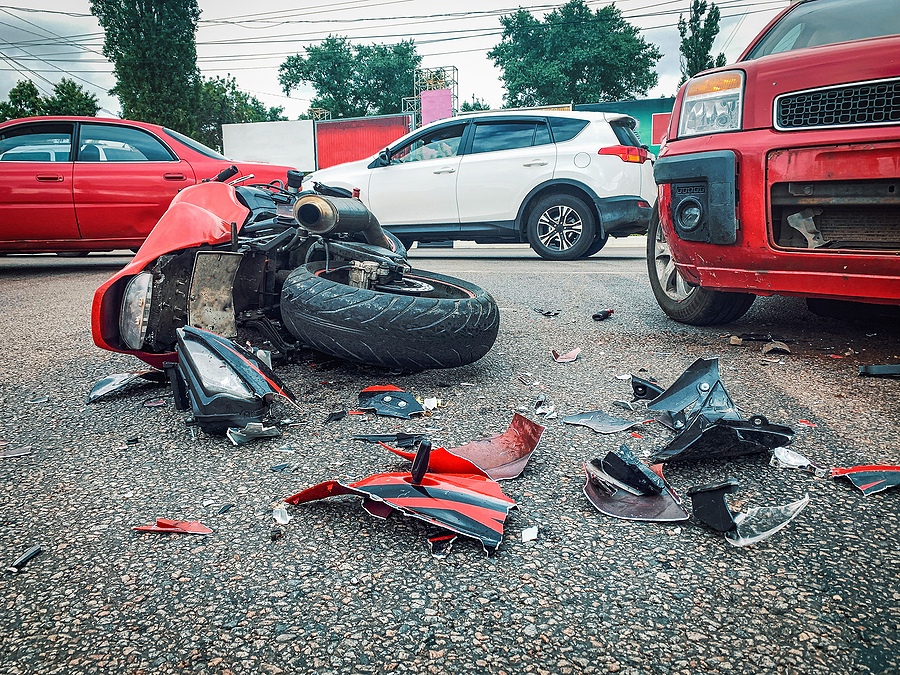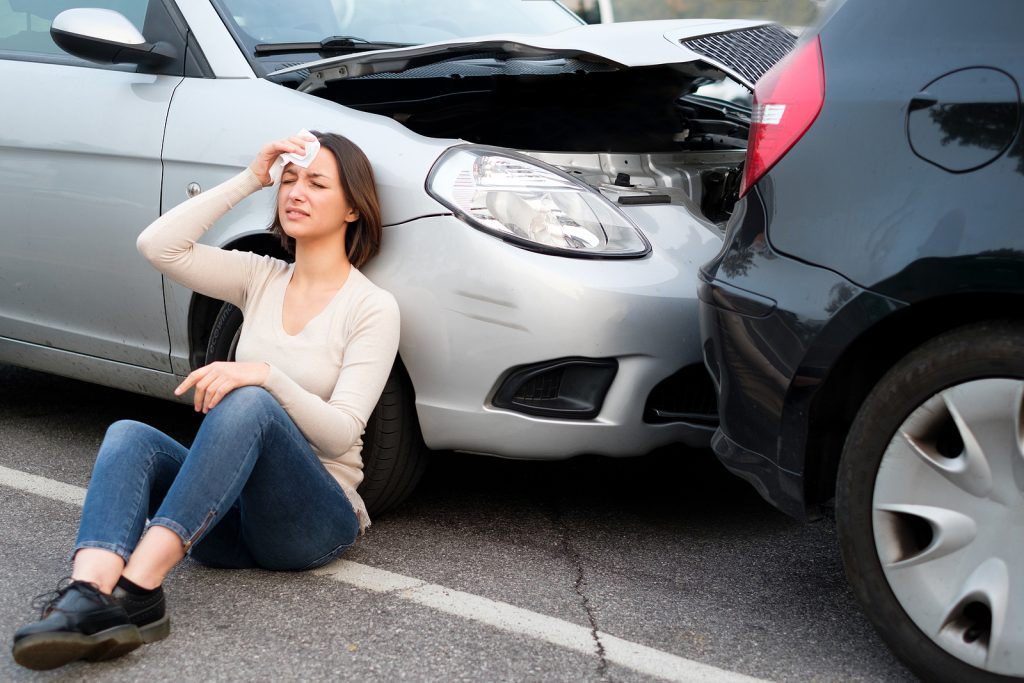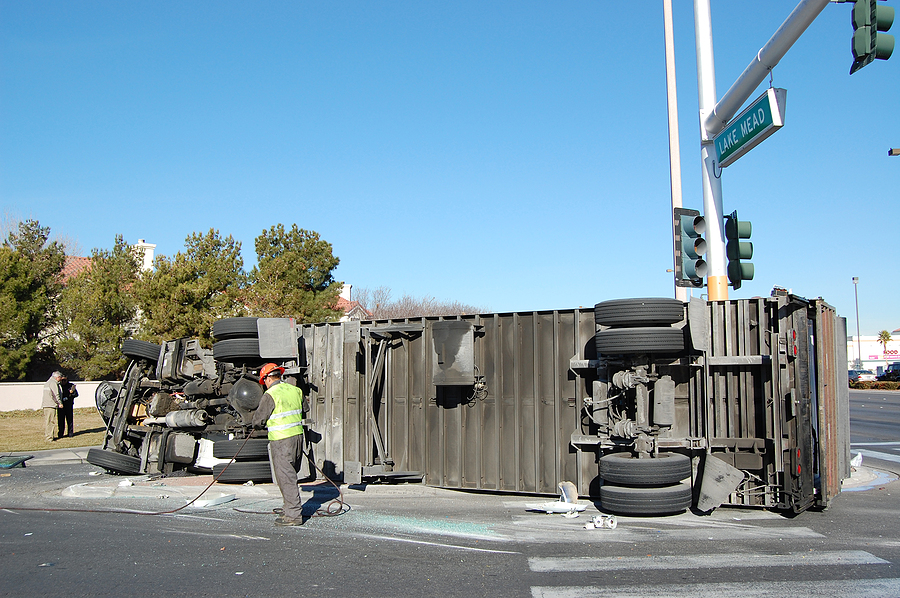Since 2010, safety advocates who have been tracking road safety statistics have discovered a disturbing uptick in pedestrian fatalities across the United States. In 2010 alone, the pedestrian death toll was 4,302, but has risen steadily in each of the following years, spiking at an alarming rate in 2015 and 2016, according to The Guardian.
The tradeoff, however, is a seven percent decrease in traffic fatalities among non-pedestrians. The uptick in pedestrian deaths during the past decade contrasts with the ten-year period that ran from 1990-2000. The reason for the decline more than 20 years ago, however, was likely due to more Americans drivers as opposed to walking. That obviously decreased the likelihood of being struck.
Similarly, bicyclist fatalities dropped significantly throughout the last three decades. Since 2010, however, bicyclist fatalities have risen by 25 percent — with 777 deaths in 2017.
According to the National Highway Traffic Safety Administration, approximately 6,283 pedestrians were killed on U.S. road in 2018 — up from 5,977 in 2017 and the highest we’ve seen since the spike in 2016.
What’s being done to protect pedestrians?
In order to tackle this problem, technology moguls have looked to autonomous and semi-autonomous vehicle features to eradicate human error from driving. Today, many new vehicles come standard with pedestrian detection and avoidance systems. While the technological solution may be helpful, it could come with its own set of flaws.
Like computers, autonomous and semi-autonomous technology isn’t foolproof. It only takes one small glitch or system malfunction to result in a catastrophe.
On a broader spectrum, how can pedestrian fatalities be reduced? There are far too many factors that come into play (sometimes with overlap) to just focus on one. These include:
- Roadway infrastructure and design — wide lanes, dangerous intersections, faded or missing marked pedestrian crossings
- High-speed roads located in areas with heavy foot traffic
- Overall environment — poorly lit areas, worn-out roads and sidewalks
- Vehicle characteristics — larger vehicles such as SUV and pickup trucks
- Driver negligence — distraction, alcohol and drug impairment, drowsiness, recklessness
The central culprit behind the staggering rise in pedestrian deaths may be the overall culture of driving. This is the idea that roadways fatalities are inevitable rather than preventable. It’s also the mindset many road users have. They think that “fatal crashes will happen to other people, but won’t happen to me.”
When a pedestrian is fatally struck, there is usually no warning ahead of time. There is usually no time to prepare for impact or evade the crash.
The pedestrian safety problem hits close to home
In 2017, Arizona ranked No. 1 in the nation for its high number of pedestrian fatalities, according to azcentral.com. In 2016, the state had a fatality rate of 1.4 deaths per 100,000 people, but that rate jumped to 1.61 during the first half of 2017, according to preliminary data.
With daylight saving time behind us and the days noticeably darker, visibility will be an issue for those who get around on foot. About three-quarters of pedestrian fatalities occur in dark conditions. During this time of year, nearly a third occur between 6 p.m. and 8:59 p.m.
The attorneys at Israel & Gerity, PLLC urge pedestrians to make themselves as visible as possible at night by wearing bright clothing or reflective gear. If you or a loved one was injured after being struck by an inattentive or reckless driver, speak to one of our attorneys as soon as possible. We’ll work with you every step of the way to help you build a strong legal claim and obtain the compensation you deserve.
To learn more, contact our Phoenix law office today.





 (833) 274-4400
(833) 274-4400



